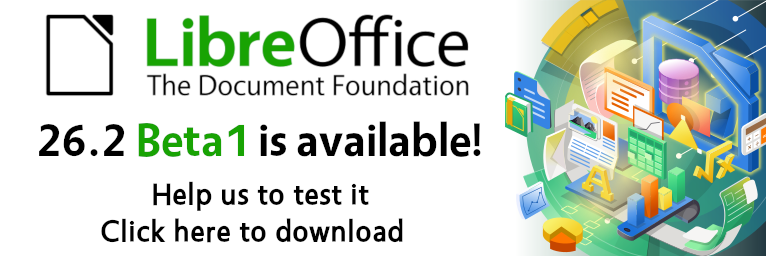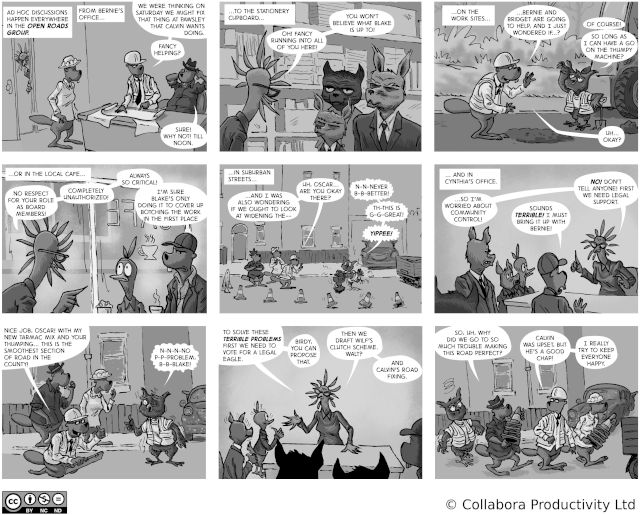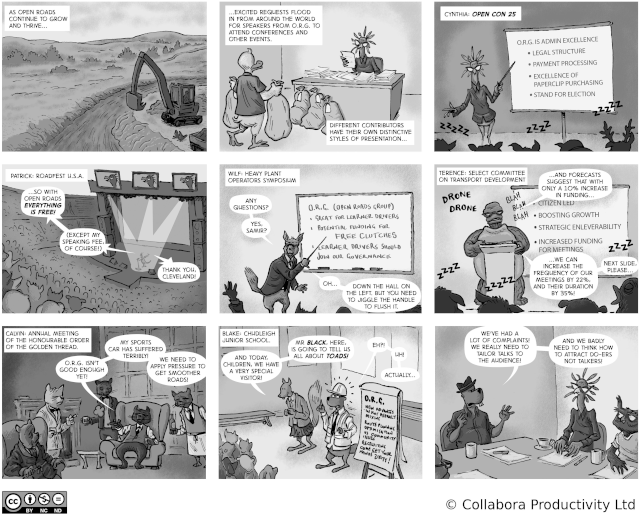LibreOffice 26.2 will be released as final at the beginning of February, 2026 ( Check the Release Plan ). LibreOffice 26.2 Beta1 is the second pre-release since development of version 26.2 started at the beginning of June, 2025. Since the previous release, LibreOffice 26.2 Alpha1, 419 commits have been submitted to the code repository and 114 issues got fixed. Check the release notes to find the new features included in this version of LibreOffice.
LibreOffice 26.2 Beta1 can be downloaded for Linux, macOS and Windows, and it can be installed alongside the standard version.
In case you find any problem in this pre-release, please report it in Bugzilla ( You just need a legit email account in order to create a new account ).
For help, you can contact the QA Team directly in the QA IRC channel or via Matrix.
LibreOffice is a volunteer-driven community project, so please help us to test – we appreciate it!
Happy testing!!
 …
…





